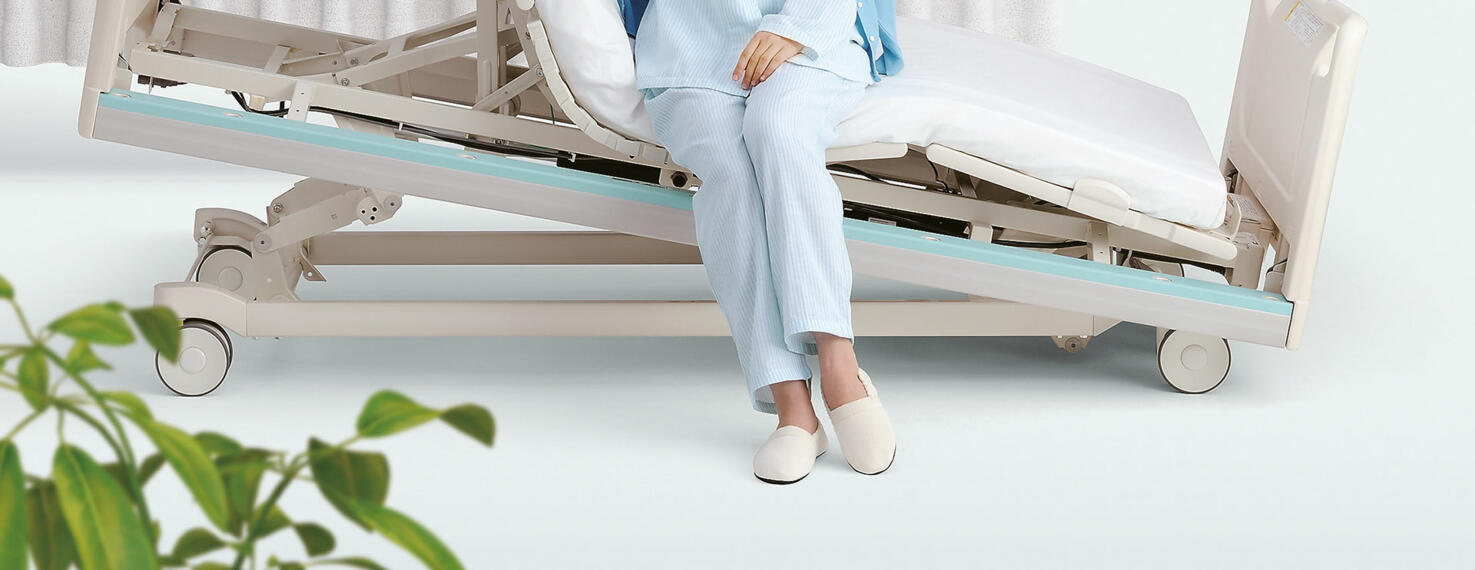
Lexicon: W
What are the advantages of central locking?
A central locking mechanism locks several castors at once and thus effectively immobilises the transport equipment and prevents it from rolling away or shifting. In contrast to individual locks, this system is connected to at least two castors, and can also directly affect all of the castors. Central locking is useful for all applications where equipment has to be constantly moved and stopped again.
The biggest advantage of a central locking system is obvious: Multiple castors can be locked or released at once. Depending on the system, the locking mechanism can be operated by hand instead of with the foot. The ergonomic benefit of this for the operator should not be underestimated. Furthermore, the lever for the central lock is always located at the same position on the equipment. If the equipment is fitted with individual locks, on the other hand, it is possible – depending on the wheel position – that the operating elements may be located underneath the equipment. For safety purposes, the lever of a central locking system can also be protected by means of a lever lock, if required.
Applications for central locks
An example of use: Hospital beds can be equipped with a locking system that acts on all four swivel castors simultaneously. The castors are released or locked by a pedal. It is also possible to fix two castors in the straight-ahead position to make it easier to push the bed in a straight line. The lock can be operated from both sides of the bed.
As a general rule, central locking is recommended in all situations where it is important to be able to fix the equipment securely in a stationary position and to operate the locking system quickly, easily and reliably. In addition to hospital beds, waste containers are another typical type of application. We will be happy to discuss whether a central locking system is worthwhile for your application. Contact us and let TENTE’s experts advise you on all aspects of this topic!
